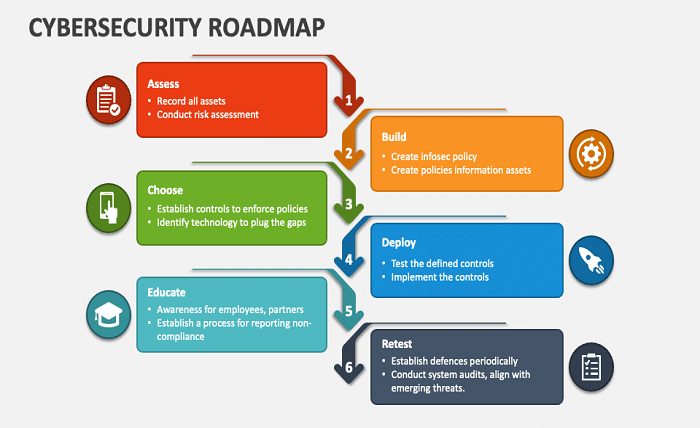Introduction
Error propagation is a fundamental concept in scientific research and engineering that deals with the uncertainties in measurements. When measurements are combined in calculations, their errors can propagate, affecting the final result. Understanding how these errors spread and impact the outcomes is essential for ensuring accurate and reliable data analysis. This blog post delves into the principles of error propagation, its techniques, and its significance in various fields.
What is Error Propagation?
Error propagation refers to the effect of uncertainties in measurements on the result of a calculation. When multiple measurements with their own errors are used in computations, these errors combine and propagate through the calculation, influencing the final uncertainty. Grasping the concept of error propagation helps scientists and engineers estimate the accuracy of their results.
Types of Errors in Measurements
Errors in measurements can be classified into systematic errors and random errors. Systematic errors are consistent and repeatable inaccuracies that can be corrected, while random errors are unpredictable and fluctuate around the true value. Both types contribute to error propagation and must be accounted for in calculations to achieve precise results.
The Importance of Error Propagation
Error propagation is vital for assessing the reliability of experimental results. Inaccurate error estimation can lead to erroneous conclusions, impacting the validity of scientific research and engineering projects. Accurate error propagation ensures that uncertainties are properly managed, enhancing the credibility of the findings.
Basic Principles of Error Propagation
The basic principles of error propagation involve mathematical techniques to combine uncertainties from individual measurements. The propagation of errors is typically calculated using partial derivatives, which help quantify how the uncertainty in each measurement affects the overall result. This approach allows for a systematic evaluation of error contributions.
Propagation of Uncertainties in Addition and Subtraction
When combining measurements through addition or subtraction, the uncertainties combine in quadrature. This means that the total uncertainty is the square root of the sum of the squares of individual uncertainties. Understanding this aspect of error propagation is crucial for accurately determining the uncertainty in composite measurements.
Error Propagation in Multiplication and Division
In multiplication and division, the relative uncertainties add. The relative uncertainty of a product or quotient is the square root of the sum of the squares of the relative uncertainties of the individual measurements. Mastering this principle of error propagation is essential for handling complex calculations involving multiple measurements.
Error Propagation in Functions
Error propagation in functions involves using Taylor series expansions to approximate the impact of uncertainties. By linearizing the function around the measured values, scientists can estimate how small changes in the inputs affect the output. This technique is fundamental for understanding error propagation in more complex mathematical operations.
Practical Applications of Error Propagation
Error propagation has practical applications across various fields, including physics, chemistry, biology, and engineering. In experimental physics, error propagation helps determine the precision of measurements in particle physics experiments. In engineering, it ensures the accuracy of measurements in structural analysis and material testing.
Tools and Software for Error Propagation
Several tools and software programs assist in error propagation calculations. These tools, such as MATLAB, Python libraries, and specialized software like Propagate, automate the complex mathematical operations involved in error propagation. Utilizing these tools simplifies the process, allowing for more efficient and accurate error analysis.
Tips for Minimizing Errors in Measurements
Minimizing errors in measurements is crucial for reducing the impact of error propagation. Calibration of instruments, careful experimental design, and repeated measurements are essential strategies. Additionally, understanding the sources of errors and implementing proper error propagation techniques further enhance the reliability of results.
Conclusion
Error propagation is a critical aspect of scientific research and engineering, ensuring the accuracy and reliability of measurements. By understanding the principles and techniques of error propagation, scientists and engineers can manage uncertainties effectively, leading to more credible and precise outcomes. As technology advances, the importance of mastering error propagation continues to grow, highlighting its significance in achieving accurate and reliable results.
FAQs
Q1: What is error propagation? A1: Error propagation refers to how uncertainties in individual measurements affect the overall uncertainty in a calculation. It is crucial for accurately determining the precision of results in scientific and engineering contexts.
Q2: Why is error propagation important? A2: Error propagation is important because it ensures the accuracy and reliability of experimental results. It helps in properly managing uncertainties, leading to credible and precise outcomes in scientific research and engineering projects.
Q3: How are errors propagated in addition and subtraction? A3: In addition and subtraction, errors are combined in quadrature. The total uncertainty is the square root of the sum of the squares of the individual uncertainties, which provides an accurate measure of the combined error.
Q4: What are the main types of errors in measurements? A4: The main types of errors in measurements are systematic errors, which are consistent and correctable, and random errors, which are unpredictable and fluctuate around the true value. Both types contribute to error propagation.
Q5: What tools can assist with error propagation calculations? A5: Tools such as MATLAB, Python libraries, and specialized software like Propagate are available to assist with error propagation calculations. These tools automate the complex mathematical operations involved, making error analysis more efficient and accurate.





